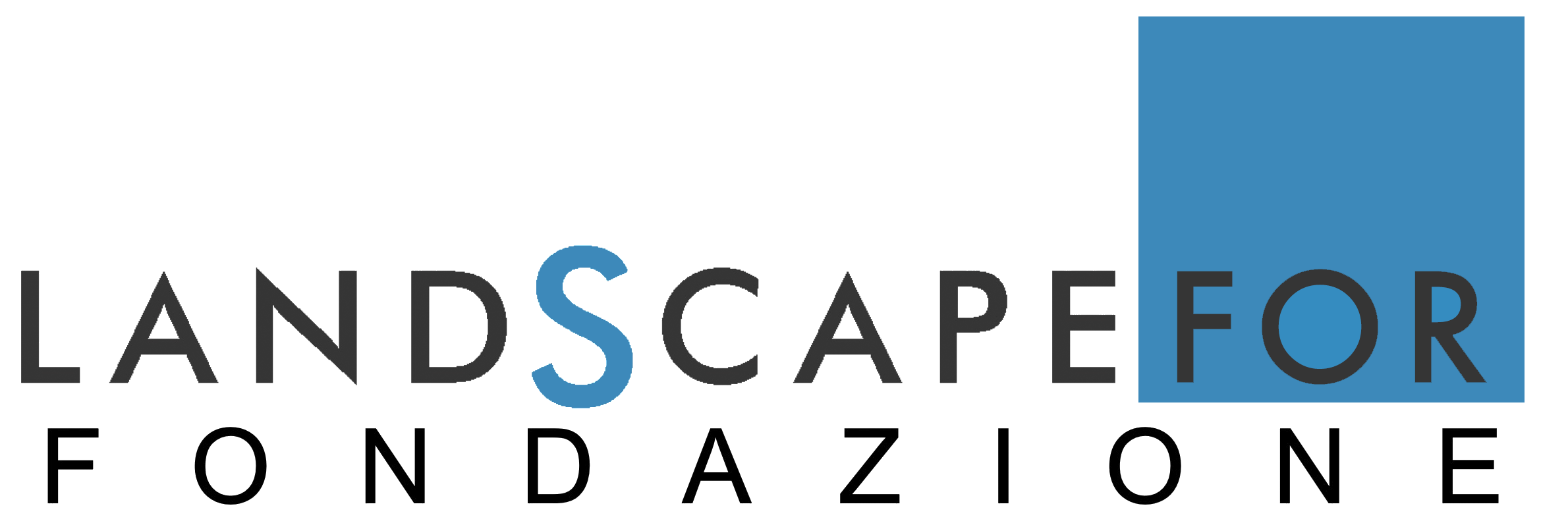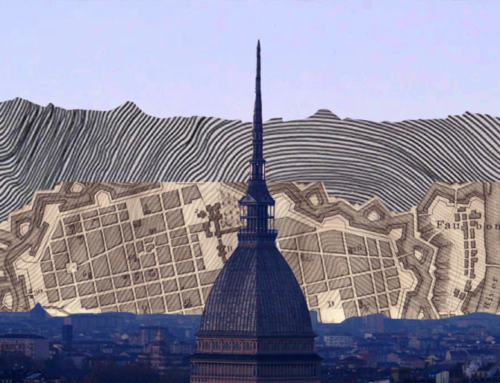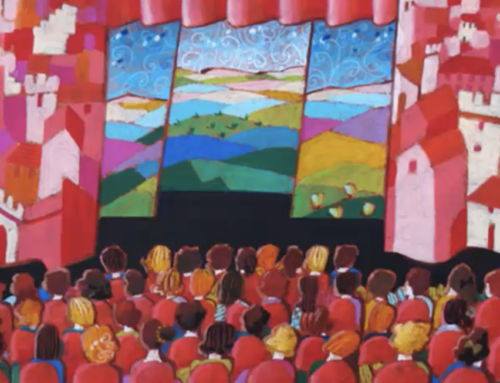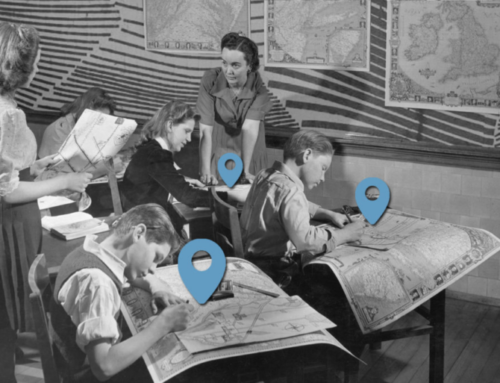A site of Atlasfor dedicated to the 1900s opens, with the contribution of university researchers and thesis writers: from the places of silent films, to Gabinio’s photos, from the Great Exhibitions to the paradigmatic architecture of the early years of the century.
Atlastor in addition to being an online atlas is also a powerful and versatile teaching and research tool that can be easily used in academia at different levels.
The systematic use of AtlasFor as a platform into which research by students, researchers, and faculty can be entered has made it possible to explore innovative knowledge and communication methodologies based:
– on highlighting the spatial relationships of phenomena hitherto studied by other disciplinary methods;
– on the practical and conceptual ordering of urban and social phenomena, with different keys of interpretation than the established horizon (from the perspective of knowledge and communication) with a new semantic value attributed to images and topology;
– on the dynamic interaction between editors and user audiences, with perspectives oriented toward “collective intelligence,” gaming and, in general, fact-checking that is now more cogent and inescapable than ever.
Given its ductility, the atlas is aimed at courses of study, research, dissertations, and complementary activities of students and researchers in the fields of communication science, anthropology, sociology, history, geography, and foreign languages.
In the horizon thus described, an experimentation was conducted with Martina Savi’s master’s thesis at the University of Turin (supervisor Professor Silvio Alovisio) with a digital “exploration game” on 98 sequences and related locations of silent films in Turin in the first twenty years of the 20th century, concretized both on the atlas and on the Facebook and Instagram pages of the Landscapefor Association.
Three nodal steps (leading to agreements with the University of Turin, in 2019 at the departmental level and in 2024 at the Athenaeum dimension) resulted from this experimentation
1. a lecturer (in his or her course) a researcher or thesis (in his or her research or thesis) identifies the locating factors of a specific theme (not only the films of the silent film period but also the evolution of urban imaginaries of reference with the photos of Mario Gabinio; the economic and social changes in the city (with the great expositions: 1911 and 1961; the architecture of the early 20th century, etc.)
2. what was elaborated thematically in the previous step, is “placed” within an overall narrative of the city (and/or territory), generating feedback and evaluations on the relevance of the theme on the context, or vice versa (e.g.: with the locations of the films on the youth uprisings of the second half of the 20th century, or with the quality architecture of the first half of the 20th century along the Po River axis)
3. the sharing (and “socialization”) of what has been elaborated, proposing exploration games to an external and non-specialist audience, which thus comes into contact with a disciplinary theme through the “generalist” mediation given by the Atlas.
Within this framework, Landscapefor has made available:
- training in the technical competence of author/editor of POI (points of interest) cards, which can be acquired with a few hours of online instruction;
- an online tutorial support; an always-on chat with the atlas editors;
- a personal “private” area, dedicated exclusively to each teaching or research group, where they can enter documents and supporting materials (mostly multimedia, given the nature of the platform) and make their own POI sheets;
- the possibility to “publish” the processed files (if consistent with the editorial criteria of the Atlas), as well as to edit one’s work outside the platform thanks to the possibility of generating .pdf with a dedicated graphic template. In this context, it should be emphasized that the Foundation Magazine is an online “publication” in its own right, with corresponding ISSN registration.




